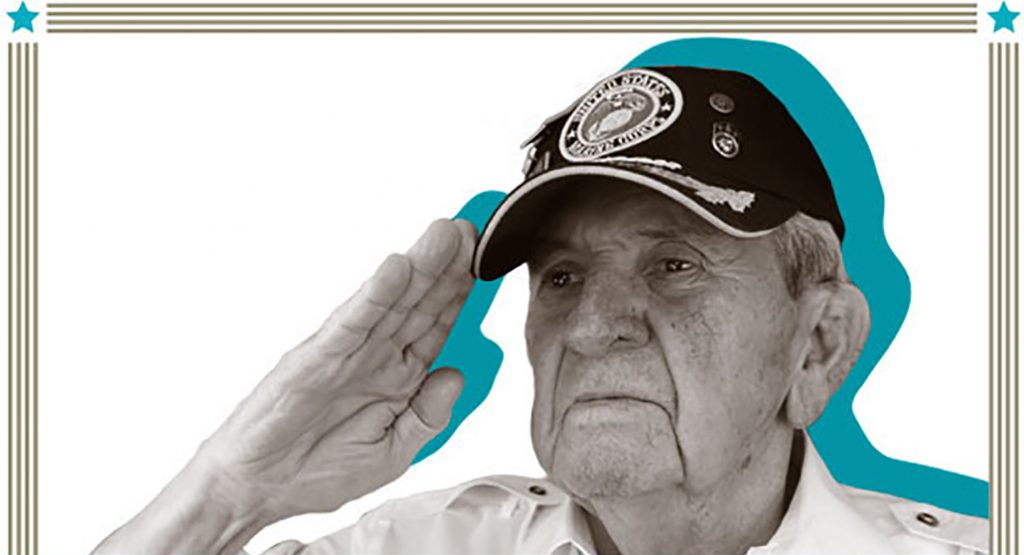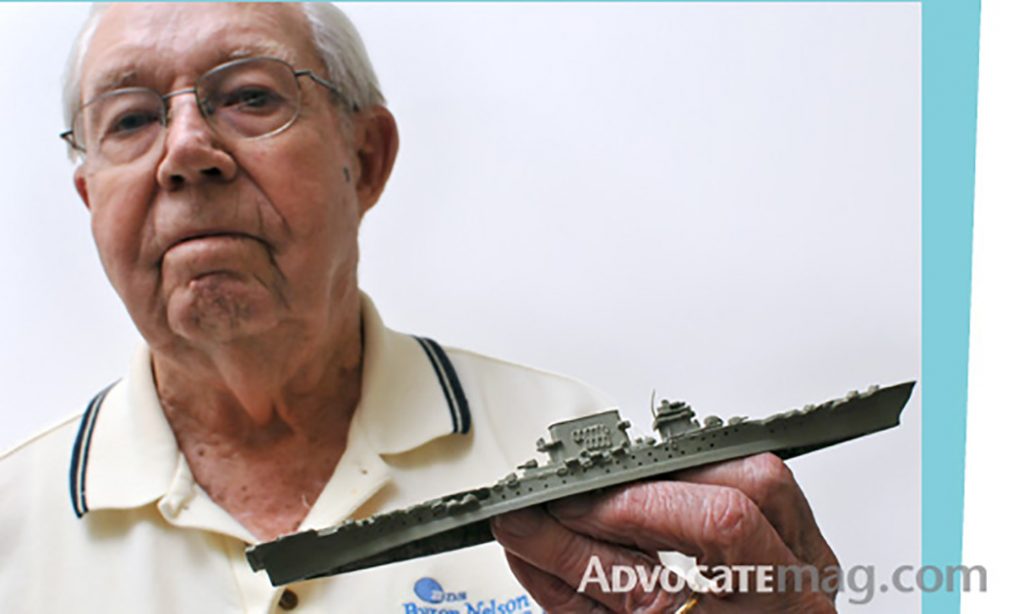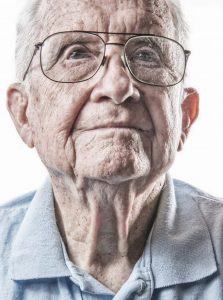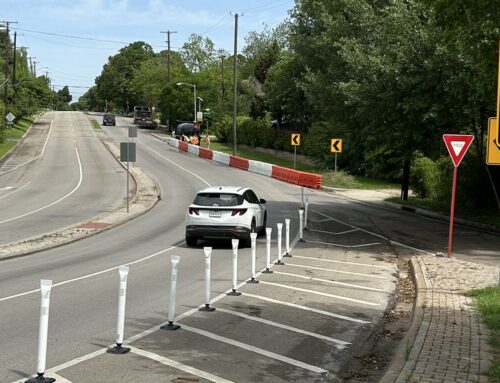Sunday, Nov. 11, is Veteran’s Day. World War II ended 73 years ago, Sept. 2, 1945, and Oak Cliffers did their service.The Oak Cliff Advocate began interviewing World War II Veterans from our neighborhood in 2010, and a few of them have passed on, but we still love telling their stories.
Jack Armstrong
Born: 1925 in Dallas
Service: Tank commander, First Marine Tank Battalion
Oak Cliff: Born and raised, dropped out of Sunset to join the U.S. Marine Corps.
Died: August 2013
Jack Armstrong was 19 years old the second time he was blown out of his tank.
The scene is depicted in a 2007 book, “The Ultimate Battle: Okinawa 1945 — The Last Epic Struggle of World War II,” by Bill Sloan: “Tank commander Jack H. Armstrong was bleeding from both ears, addled by a concussion and deafened by the shell that had just ripped a jagged 8-inch hole through the center of his Sherman tank, missing Armstrong by a foot or two at best.”
The book describes in detail the horror of the Okinawa battlefield, torpedoes ripping bodies apart, friends and enemies dying before their eyes.
Armstrong and his company were resting in Australia when atom bombs dropped on Hiroshima and Nagasaki. After surviving the war, Armstrong returned on a ship that was caught in a typhoon and took 32 days to arrive.
He owned an auto-repair shop in Oak Cliff for more than 30 years.
In a 2010 interview, Armstrong said that he suffered from post-traumatic stress disorder for the rest of his life. He had terrible nightmares and couldn’t talk about his experiences for many decades.
Sunset High School awarded him a diploma in 2001.
Beans Bates
Born: 1918 in Pilot Point
Service: Joined the U.S. Navy in 1941, storekeeper on the USS Saratoga, one of two American aircraft carriers, out of six, that survived the war.
Oak Cliff: Raised in Beverly Hills and graduated from Sunset High School in 1936.
Died: April 2014
Byron “Beans” Bates got his nickname from a kid in sandlot baseball who called everyone by a vegetable.
He enlisted in the Navy less than a year and a half before the Japanese bombing of Pearl Harbor, and he was 24 when the Saratoga was torpedoed at Guadalcanal. Since the USS Enterprise was being repaired at the time, the damaged Saratoga had to stay at sea with not enough supplies — everyone on board ate rice and beans for breakfast, lunch and dinner for 67 days.
From our 2010 profile of Bates:
When the Enterprise finally came back into service, Bates says he and some of the Saratoga crew were able to rest in Tonga. The natives threw coconuts down to them in greeting. “Boy, we ate that like it was going out of style,” he says. When the Saratoga was torpedoed again later in the war, Bates says it felt like “you’re in a box and someone’s shaking it,” he says. “It left a hole you could drive a 10-ton truck through.”
Bates worked in retail advertising sales for the Dallas Morning News for 25 years. He was married to wife Billie Jean for 68 years, and they had a daughter, four grandchildren and 10 great-grand children.
Jim Walston
Born: 1923 in Italy, Texas
Service: Enlisted mechanic to the 466th Bomb Group of the Eighth Air Force and served in England.
Oak Cliff: Oak Park Estates resident for about 50 years.
Died: Aug. 13, 2017
Jim Walston was a second-generation airplane lover.
He worked on B-24 bombers, including one called the “Laden Maid,” which flew dozens of missions.
“The mechanics worked on the runways, under no cover, in all weather,” the Advocate wrote in 2010. “Walston remembers the bitter cold and deep snow of the winter of ’45, when he manually cleaned snow and ice off of airplane wings.”
On D-Day, June 6, 1944, Walston’s division had orders to send nearly every bomber up, although he didn’t know what was happening until later.
After the war, Walston received an engineering degree from Texas A&M University and went to work for Vought Aircraft in Grand Prairie, where he worked in the test lab for 37 years. The last plane he worked on as an employee was Northrop Grumman’s B2 Spirit, the famous “Stealth Bomber,” in 1988.
As part of the Vought Retirement Club, Walston helped restore at least nine vintage warplanes, several of which are displayed at the Frontiers of Flight Museum.








